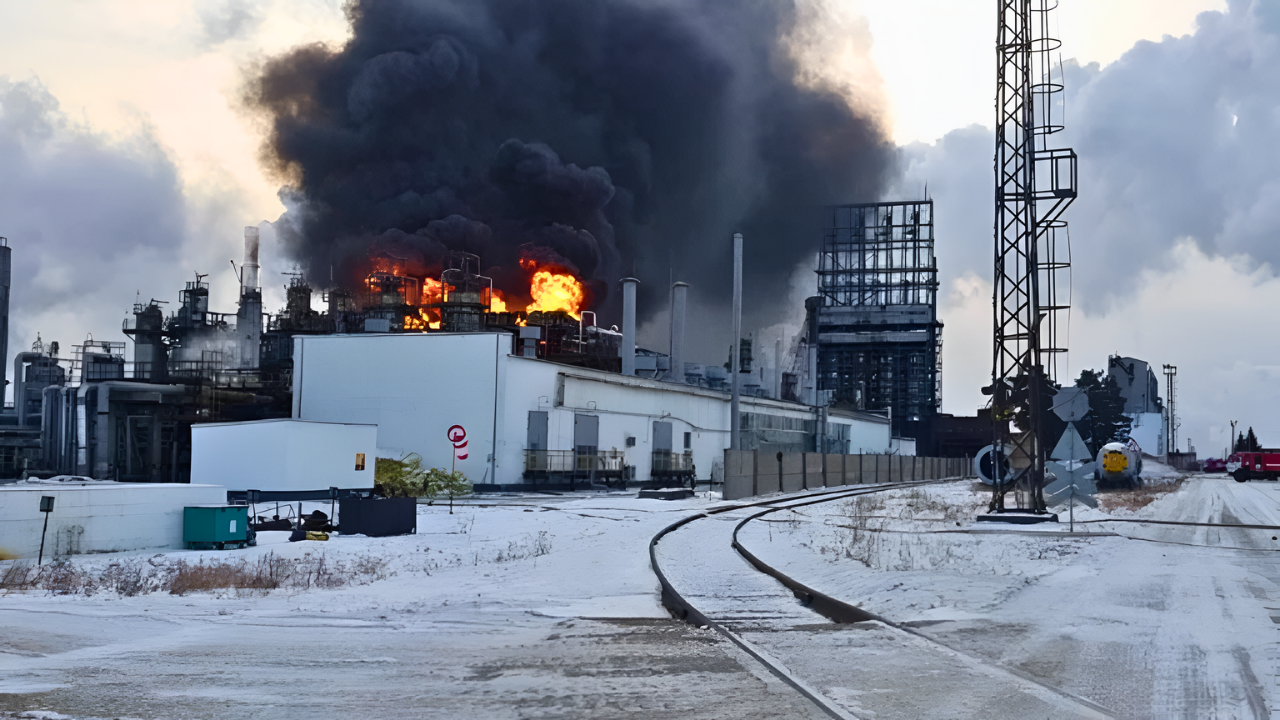
On Oct. 21, 2025, Ukraine’s military announced a deep strike into Russian territory. Using UK-made Storm Shadow cruise missiles (air-launched) and other weapons, Ukraine hit the Bryansk Chemical Plant in Bryansk Oblast.
This key facility produces gunpowder, explosives, and rocket fuel, vital to Russia’s war effort. Ukraine says the strike penetrated Russian air defenses, and Ukrainian officials are still assessing the damage.
A High-Value Military Target
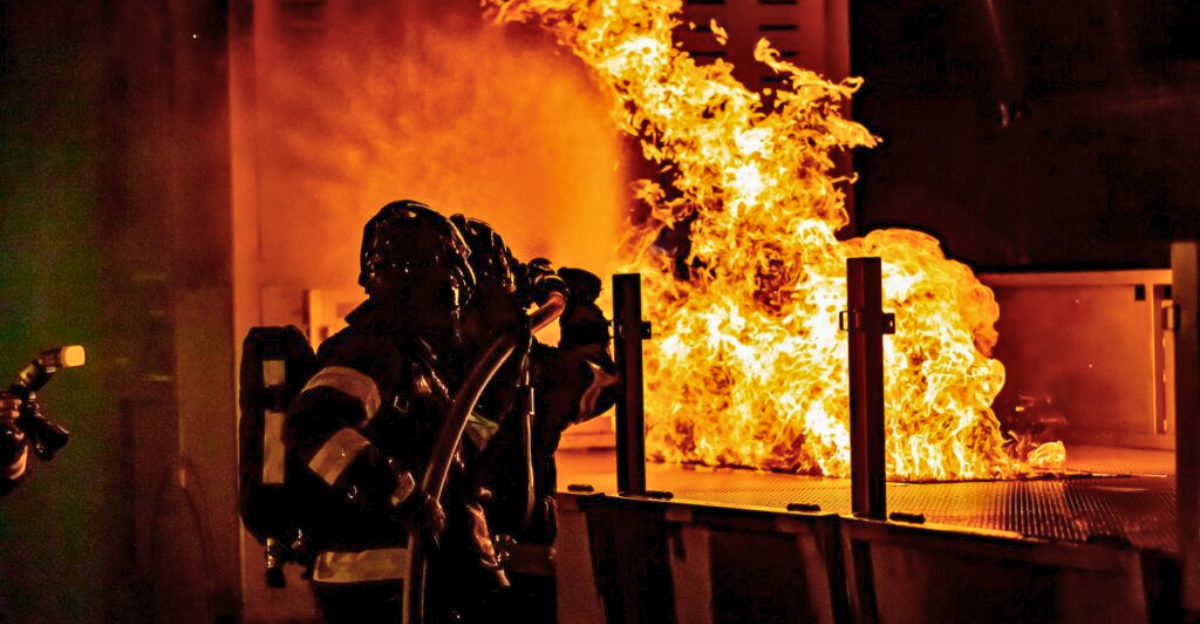
The Bryansk Chemical Plant, built in Soviet times, has been at the heart of Russia’s munitions industry for decades. It makes gunpowder, explosives, and rocket-fuel components. The UK and the US even sanctioned the plant in September 2025.
Previous Ukrainian attacks reportedly struck it in earlier years using long-range missiles. Kyiv argues that destroying such facilities weakens Russia’s front-line firepower. President Zelensky himself framed Ukraine’s long-range arsenal as “the indispensable key to peace,” saying those deep-strike capabilities may force Moscow back to the table.
War in the Skies – Storm Shadow Missiles
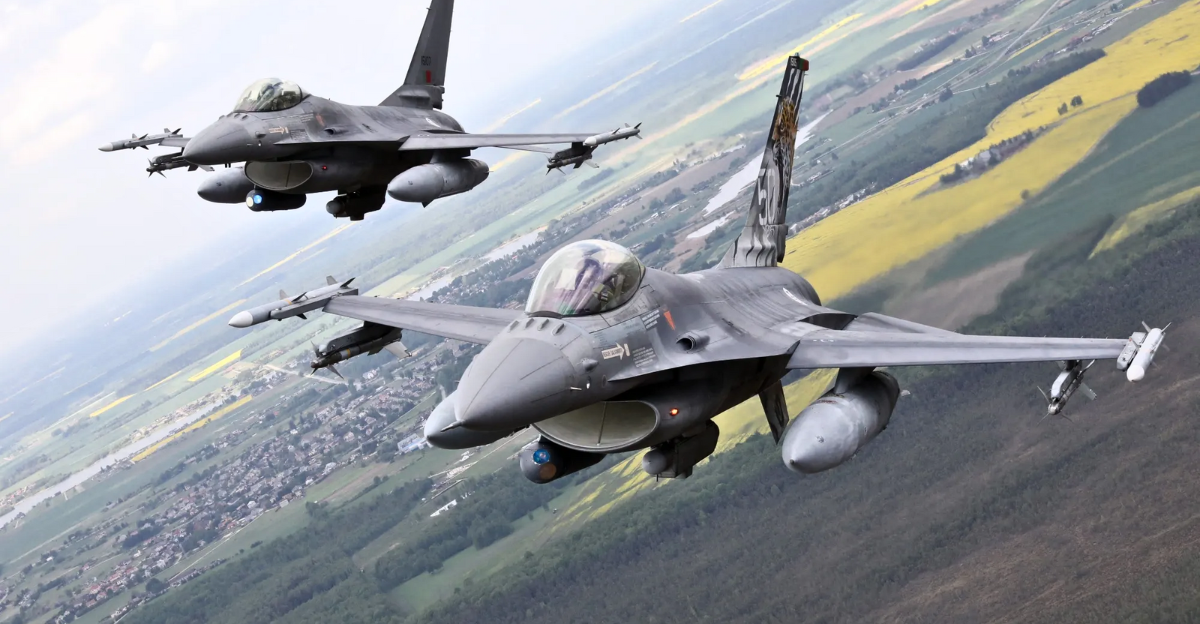
Ukraine’s Oct. 21 strike was highly coordinated. According to Ukraine’s General Staff, it was a “massive combined missile-and-air strike” involving Air Force jets, the Navy, ground forces, and UK-supplied Storm Shadows. Storm Shadow cruise missiles can fly 250–560 km, letting Ukraine hit targets well beyond its own borders.
They reportedly penetrated Russia’s Bryansk air defenses, an unprecedented breach.
Disrupting Russia’s Supply Chains
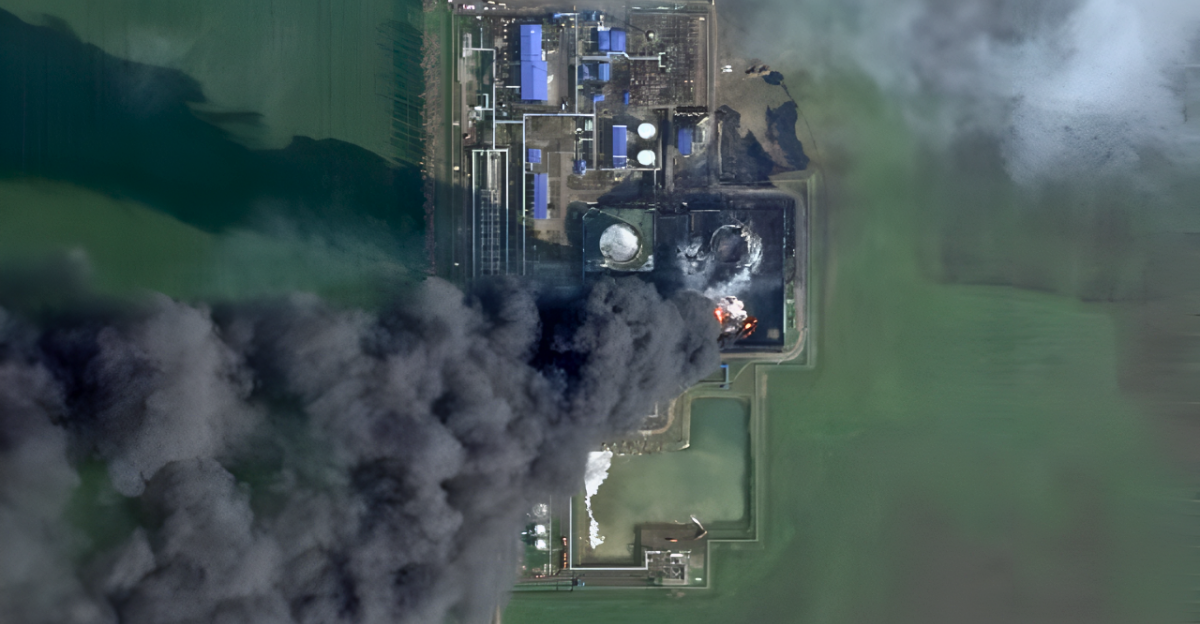
Hitting Bryansk has immediate knock-on effects on Russia’s military supply. The plant fed gunpowder and fuel into many munitions factories. Analysts say losing it will delay bomb and rocket production for months. Russian media have not confirmed those losses, but industry sources note the gap is being felt. Meanwhile, officials in Moscow are scurrying to reroute orders to other producers.
Some observers warn that Russia may need emergency imports (from China or Central Asia) and will likely speed construction of new explosives factories.
Russia’s Defensive Claims and Doubts
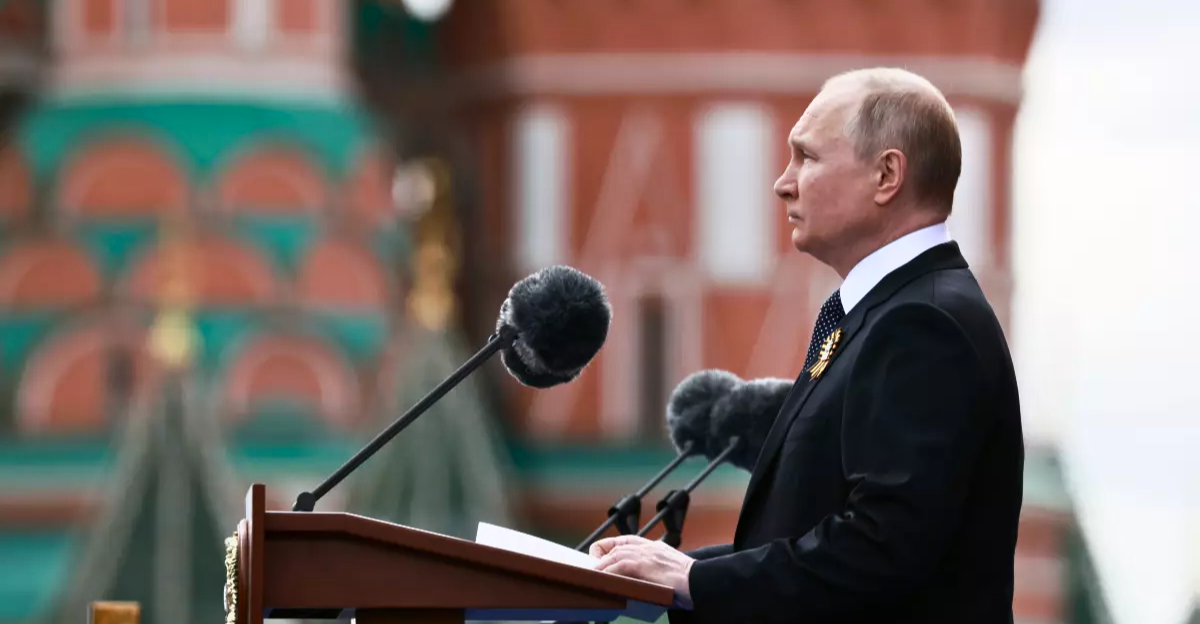
Moscow’s official response downplayed Ukraine’s report. The Russian defense ministry posted that its air defenses destroyed 57 Ukrainian drones over Bryansk that afternoon. Regional leader Alexander Bogomaz echoed that claim, denying any damage or injuries. Russian state media then went silent on the plant itself. In effect, Kremlin channels insisted the attack was blunted, even as no independent assessment is possible.
Security analysts note that Russian authorities never admit successful strikes by Ukraine.
Ongoing Russian Counterstrikes
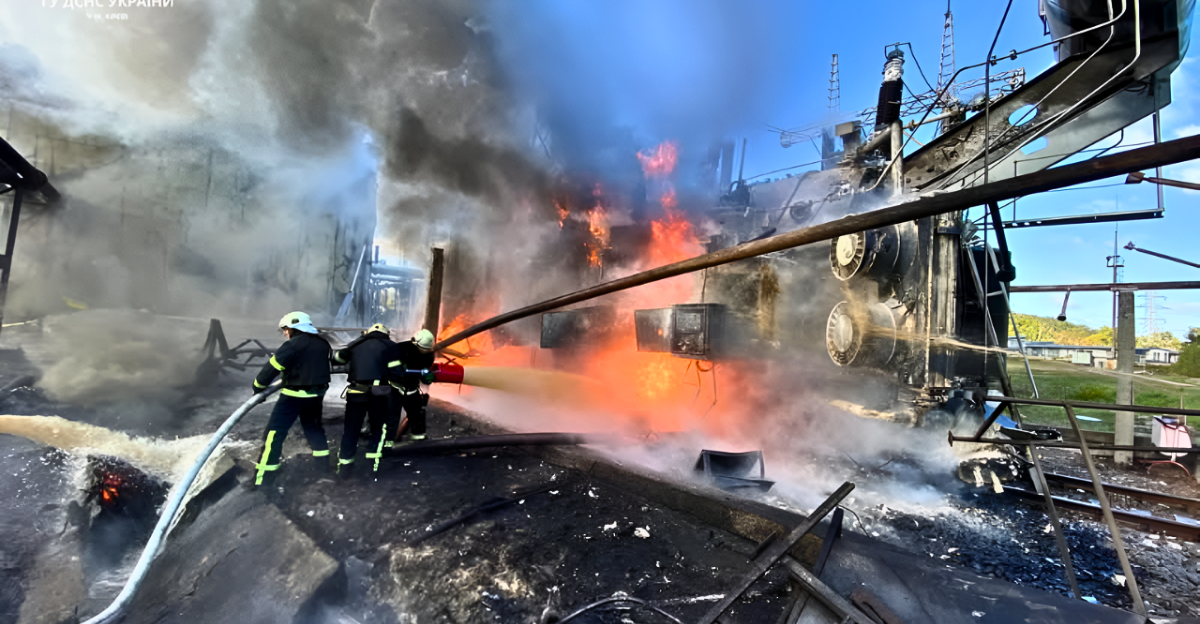
On the very night of the Bryansk attack, Russia resumed heavy strikes on Ukraine. Russian forces fired dozens of missiles and drones at civilian energy and infrastructure targets in Kyiv, Zaporizhzhia, Dnipro, and other areas. This wave of retaliation underscores Moscow’s priorities: rather than publicize a setback, Russia answered with renewed bombardment of Ukrainian cities.
State propaganda seized on this to rally citizens for ‘security’, while diverting attention from Bryansk.
Escalating Weapons Trend

The Bryansk strike is part of a wider trend: Ukraine is relying ever more on ultra-precise, long-range Western missiles. Washington authorized some long-range strikes this past year, and Kyiv’s forces have repeatedly shown they can strike deep into Russia. Storm Shadows (range ~350 miles) and U.S. ATACMS (range ~300 miles) allow Ukraine to hit key Russian targets far from the front.
Analysts note that these strikes are one piece of the puzzle, valuable tactically but not a panacea.
Summits and Showdowns
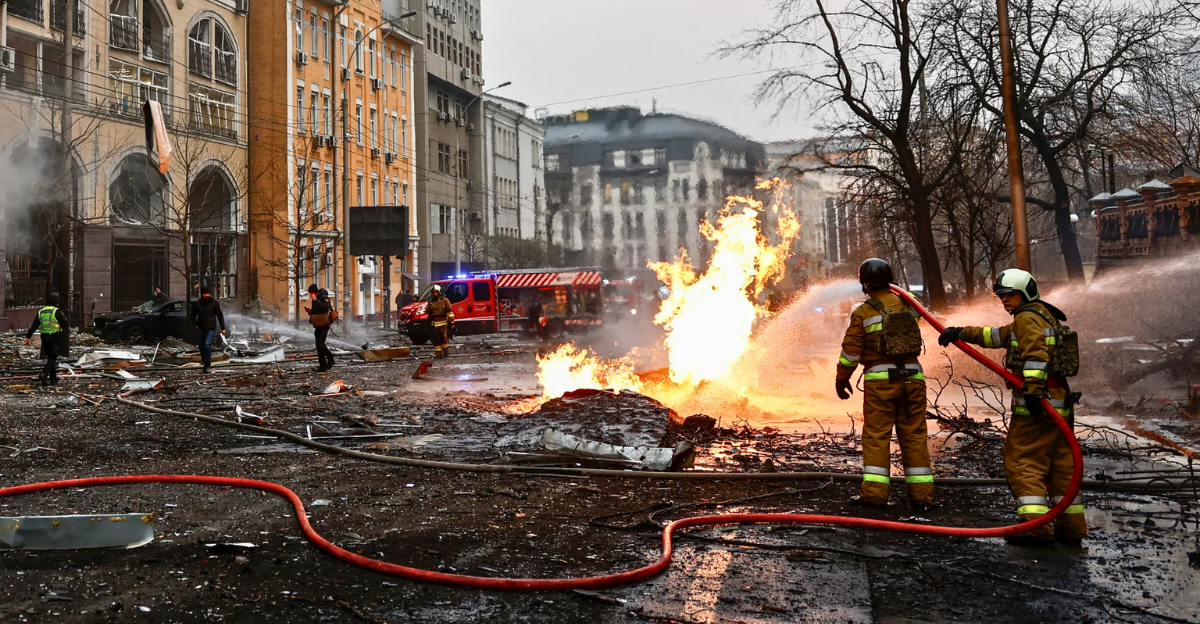
Ironically, Kyiv’s strike coincided with faltering diplomacy. On Oct. 20, President Trump had floated plans for a Trump–Putin meeting in Budapest to discuss Ukraine, but by Oct. 21, U.S. officials flatly said there were “no plans” for any summit. Moscow reportedly balked at Trump’s suggestion to freeze the front lines, so the talks stalled.
Ukrainian and European leaders immediately blamed Russia. In a joint statement, Zelensky and eight EU heads warned that “Putin continues to choose violence and destruction” rather than compromise.
Russian Official Reactions

Inside Russia, officials have been split between defiance and unease. The Defense Ministry praised the air defenses, but none of its spokesmen admitted any breach of the Bryansk plant. Bryansk’s governor and pro-Kremlin commentators echoed the “no damage” line.
Publicly, Moscow has neither congratulated nor condemned the strike; it simply highlighted Ukraine’s “aggression” instead.
Rebuilding and Retaliation Plans
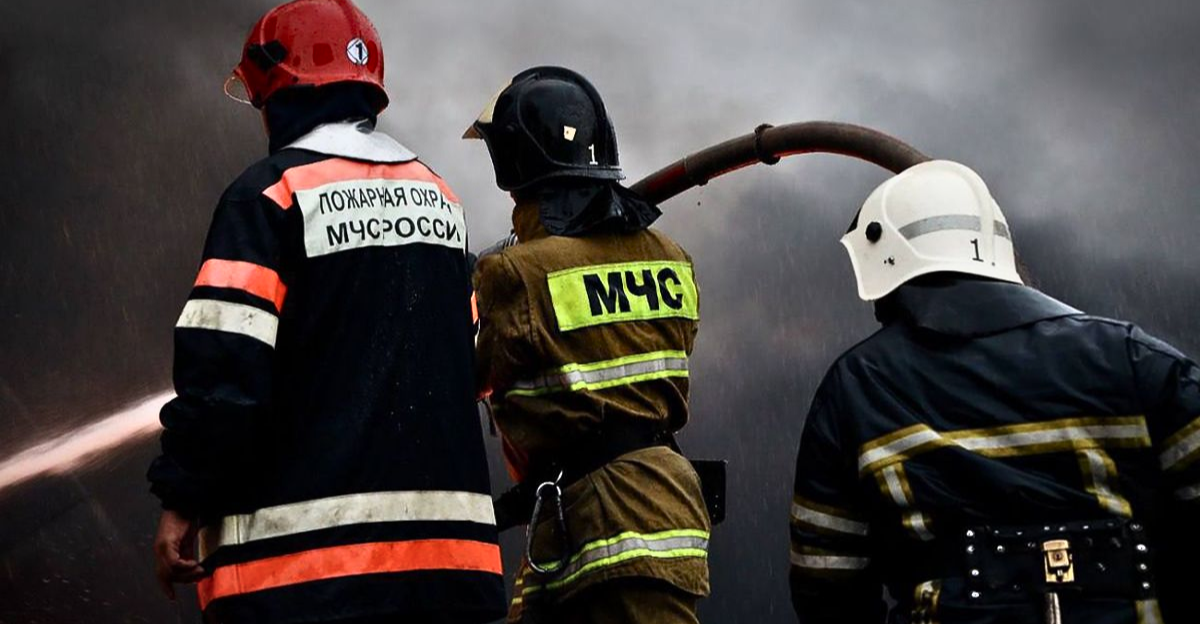
In Russia’s long-term war economy, the Bryansk plant’s loss will require a concerted effort to recover. State planners will have to increase outputs at other munitions factories in Siberia and the Urals. We have already seen Russia breaking ground on new explosives complexes deep inside its territory.
Emergency budgets are likely being rerouted to speedy reconstruction, and commanders must stockpile alternative supplies.
The Road Ahead for Ukraine
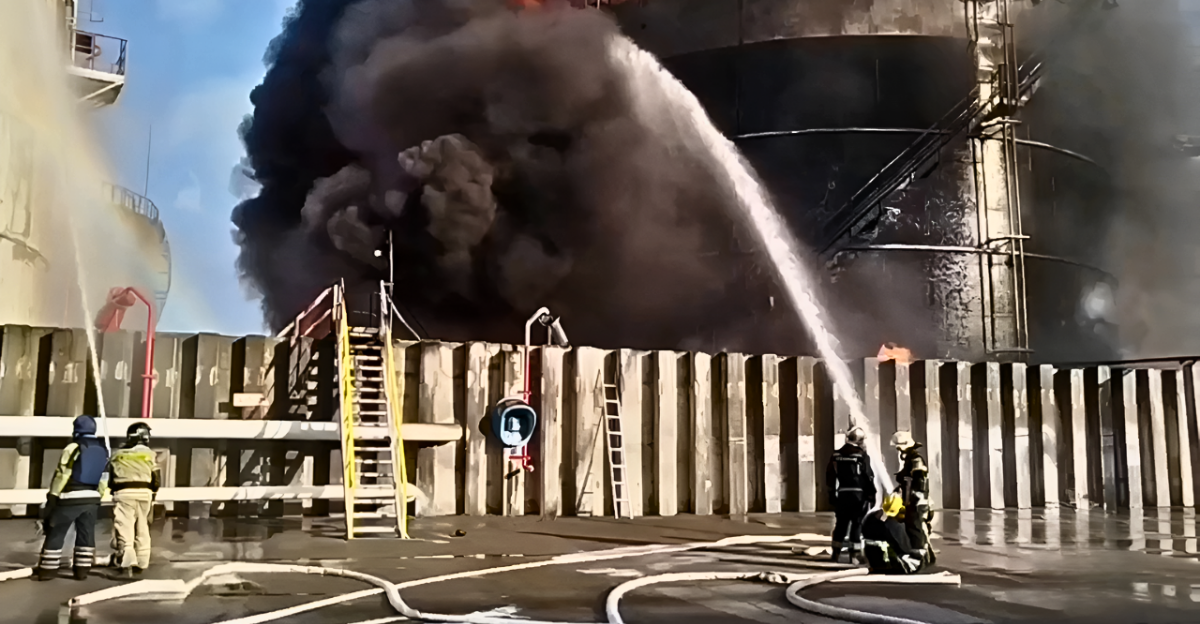
With Bryansk offline, Kyiv faces a choice: seize the momentum or consolidate. Ukrainian commanders will be watched closely: will they press new deep strikes, or focus on frontline gains? Allies in Washington and London are now debating bigger questions. Kyiv’s plea for U.S. Tomahawk missiles – refused earlier – is back on the table.
The Oct. 17 Trump–Zelensky meeting had hoped to secure long-range Tomahawks, but Trump demurred. Now, many in Kyiv argue that if Storm Shadows could reach Bryansk, then U.S. or even longer-range Western missiles might hit even higher-value targets, potentially closer to Moscow.
Political Messaging from Leaders
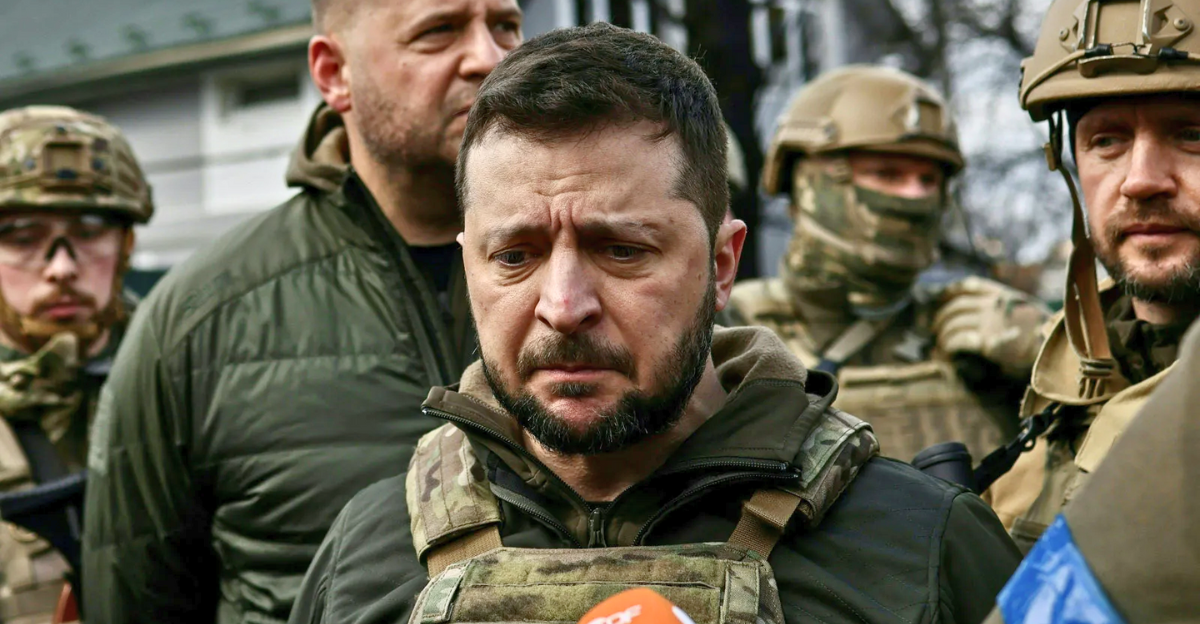
The strike has become a political football in Kiev and Moscow. In Ukraine, President Zelensky praised it as a vindication of international support. He told parliament that the success “signals that the issue of our deep-strike capabilities may hold the indispensable key to peace”. In public statements, Kyiv has framed it as justified self-defense using agreed-upon Western arms.
On the other side, Russian officials have issued stern warnings. Some hardliners in Moscow are hinting that if Western nations continue to arm Ukraine, Russia “will respond with even greater force.”
Global Reactions and Sanctions
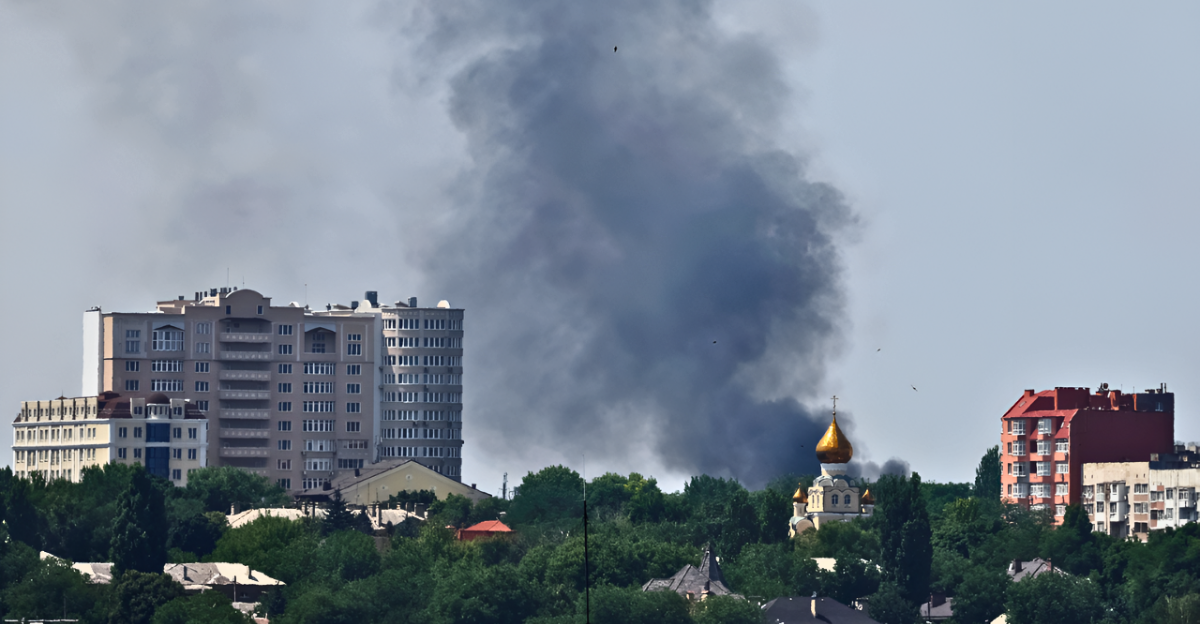
World capitals reacted strongly. The U.S. and UK quickly affirmed continued aid to Ukraine. For example, U.S. Secretary of State Antony Blinken declared that Washington is “determined to see Ukraine win this war”, underscoring U.S. resolve. Britain’s defence secretary John Healey noted that Putin now sees the UK as his “number one enemy” because of support for Ukraine, signaling London’s hard line. Meanwhile, the EU and NATO intensified monitoring of the situation.
Calls grew for further economic measures: Parliament members in London and Brussels urged new sanctions on Russian arms suppliers.
Sanctions and Legal Pressure
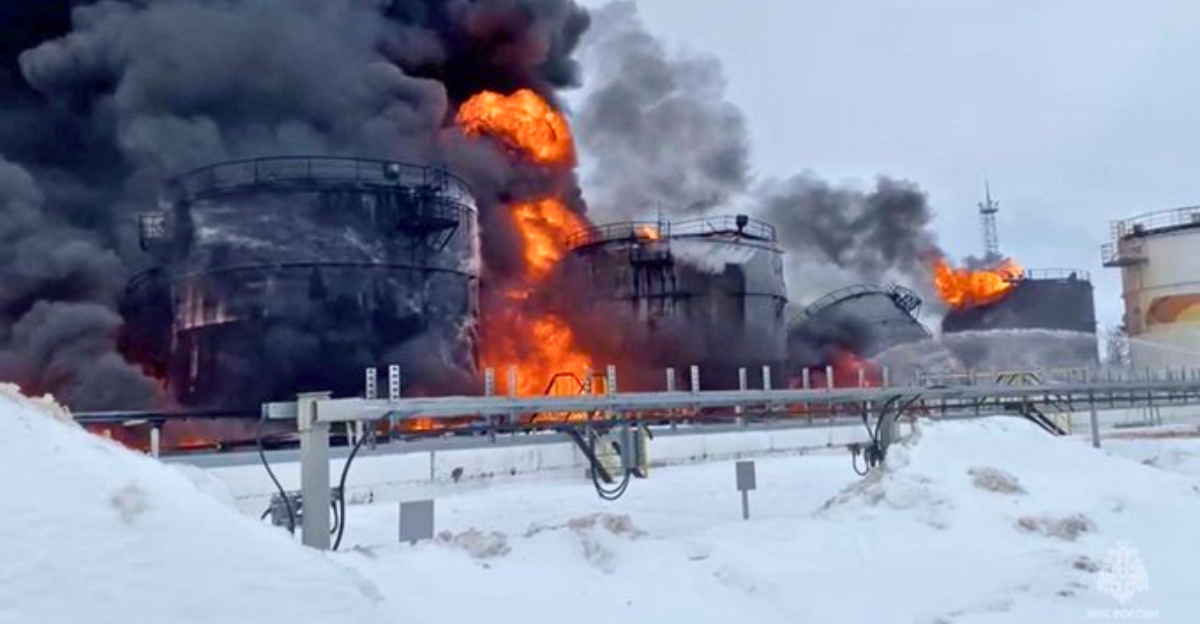
The Bryansk facility had been hit by sanctions even before October. The U.K. listed the plant in its September package, and the U.S. had also blacklisted it. Now, observers say Western governments will likely widen the squeeze on Russia’s defense sector. New bills under discussion would stiffen export controls and financial penalties on any entities tied to munitions factories.
Legal teams are drafting proposals to seize assets and freeze accounts of Russian military companies.
The War’s New Reality

The Bryansk strike illustrates how modern warfare relies heavily on technology, intelligence and global politics. Precision-guided Western weapons and real-time data enabled Ukraine to hit a high-value Russian site hundreds of kilometers from the front. At the same time, the fallout – military, diplomatic, and psychological – ripples quickly through governments and societies.
As Ukraine’s forces press forward, Russia grapples with protecting its rear areas. Both sides now openly acknowledge that civilian infrastructure and industry are battlefields too.